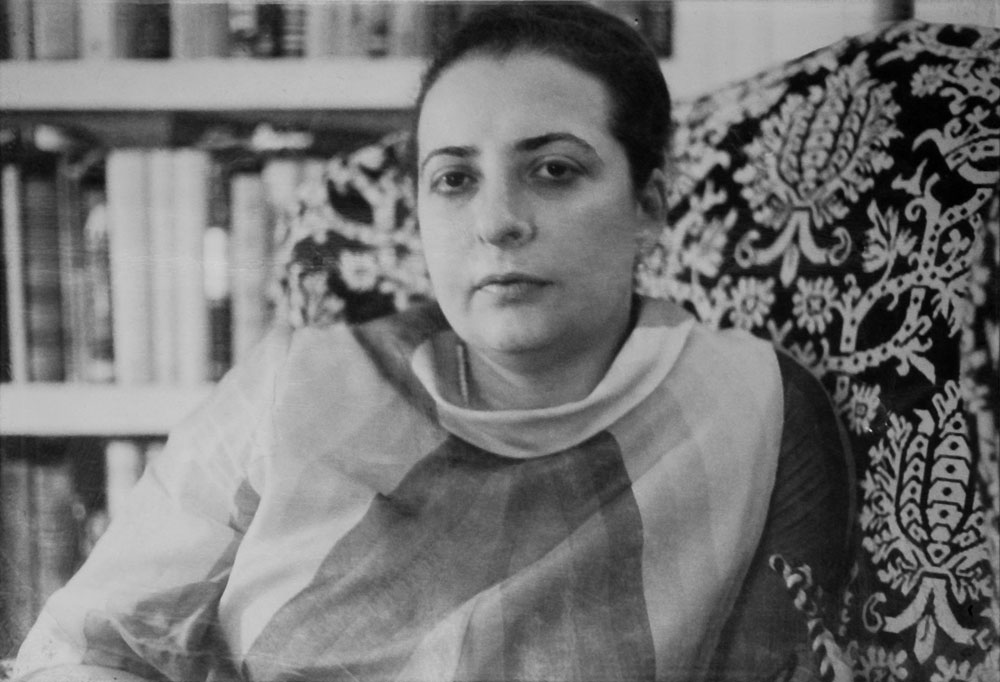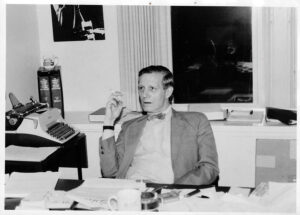 Books are notorious for their outsized influence on young minds. For me, The Crying of Lot 49 and The Sheltering Sky acted as catalysts for a transformative state I experienced during college in the early 1990s. You don’t need to have read them to follow this story, though a few of their plot points are revealed.
Books are notorious for their outsized influence on young minds. For me, The Crying of Lot 49 and The Sheltering Sky acted as catalysts for a transformative state I experienced during college in the early 1990s. You don’t need to have read them to follow this story, though a few of their plot points are revealed.
Estación. Ida y vuelta, by Rosa Chacel, was a novel I found in a bookstore in Seville. “Ida y vuelta” means a roundtrip ticket, and it’s what you ask for at the station when the teller says, “Dime.” (“Tell me.”)
I adopted some of the Spanish directness that spring, in the way I ordered a glass of beer or described a bar covered in patterned tiles (“Qué alucinante!”). Back in high school, a friend complained I always said a movie was “good,” instead of “great” or “amazing.” No longer!
When my older brother and sister flew in to visit, they were impressed with the directions I gave the cab driver. “You do better in Spanish than English,” my brother said, and it made me a little sad about returning.
I walked home from class over the river, passing the orange trees, eating plump green olives from a newspaper cone. The courses we took, despite being in Spanish, had a breezy, forgiving air.
It had been a long time since I’d really felt at ease with a friend. But I had a good friend there. I admired her—she could talk to anyone, even about soccer with strangers on the bus. But I also really trusted her. She listened, and she was curious about obscure topics, and just made everyone comfortable. That may have been all I needed.
The only real pressure as summer approached, in 1993, was to come up with a subject for my senior thesis by the fall. After reading The Sheltering Sky, I began thinking about female characters following signs to—where? And by the end, their realities disintegrating.
I’d read The Crying of Lot 49 twice before, and saw some parallels between the two books. Still I didn’t know how I’d fill 100 pages. I could probably fit what I had to say onto five. The 17th-century poet Basho said everything in three lines.
A frog jumps in
The sound of water
Earlier in college, a group of us played a surrealist game, a variation on exquisite corpse. You were handed a piece of paper with a sentence written at the top, then wrote the opposite of that sentence below it, folded the paper down so only your sentence could be seen, and passed it to the next person. After the papers went all around the circle we unfolded them and read them aloud. The ending of the last line I remember: “when I walk on your mirrored ceiling.”

